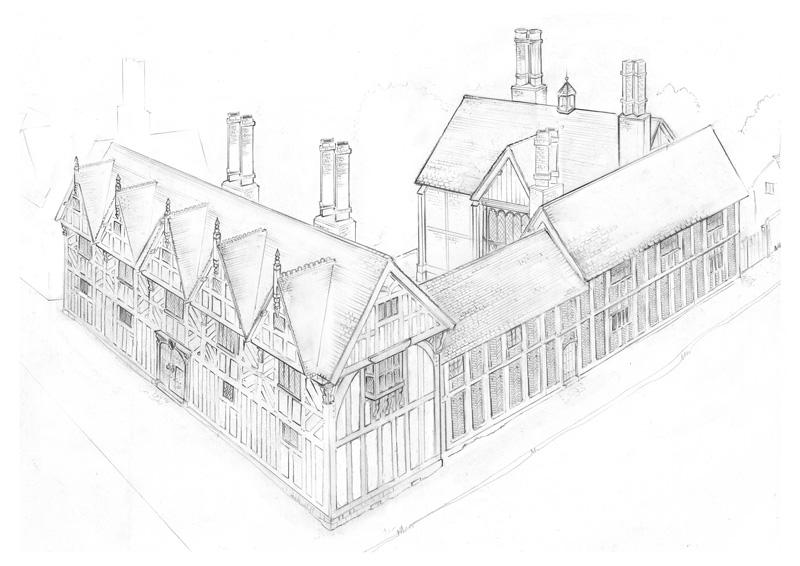Staffordshire University is committed to making a difference through its research and impact in communities.
Summary
William Shakespeare is a uniquely important and influential writer. However, apart from his works, few documentary sources provide evidence of his lifestyle. Much of his early life in Stratford-upon-Avon remains unknown to scholarship. So, too, his later life there after he returned from London. We have used new archaeological methods to pursue this important information. Since 2013, researchers from the Centre of Archaeology, led by Associate Professor Kevin Colls, have been at the forefront of research into the archaeology of Shakespeare through the ‘Searching for Shakespeare’ project. The key research aim of the project was to use cutting-edge archaeological and forensic methodologies to increase our understanding of Shakespeare’s domestic life, his social status, his death and burial, and the burial of his immediate family.
Impact
This case study documents the impact of pioneering archaeological projects investigating the life and death of William Shakespeare. At the Shakespeare Birthplace Trust (SBT), impacts include:
- The re-imagining of New Place, Shakespeare’s family home, involving a £6,000,000 site transformation and the installation of a new permanent exhibition in 2016/17.
- A 181% increase in visitors to New Place in the period 2015/16 - 2016/17.
- A 16% increase in volunteer hours (between 2014 and 2015).
- 10,481 children and their families undertook archaeology-inspired learning activities and SBT developed a new Key Stage 2 workshop.
- SBT have invested in a further 12 archaeological projects.
- The creation of 31 new jobs for the region and an increase of £1,320,000 towards regional Gross Value Added (GVA).
- A reconstruction of New Place based on our archaeological findings forms part of a £112,000,000 project to create a new international heritage and cultural centre in Southern China. At Holy Trinity Church, we used a novel, non-invasive method to identify and characterise Shakespeare’s grave, providing new information to 220,000 people as visitors annually.

Image copyright: Phillip Watson
The Research, Innovation and Impact Services team can provide information about all aspects of research at Staffordshire University.